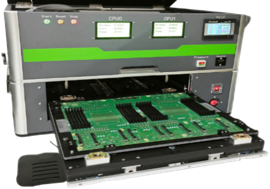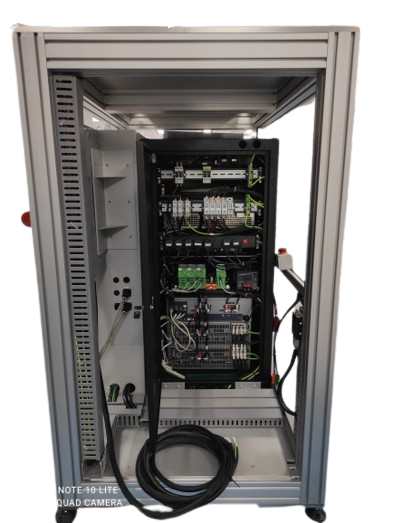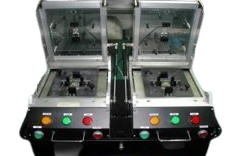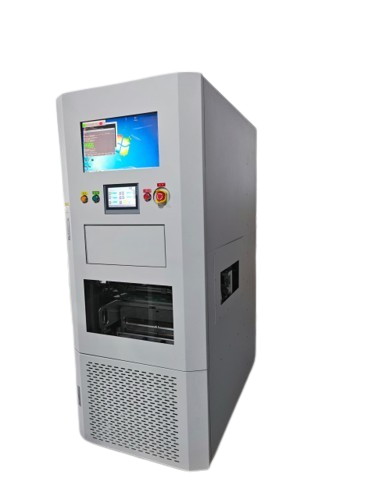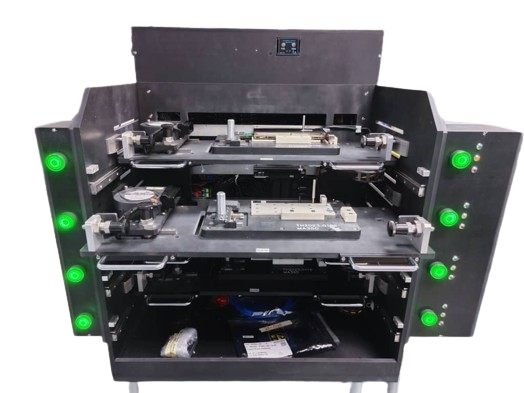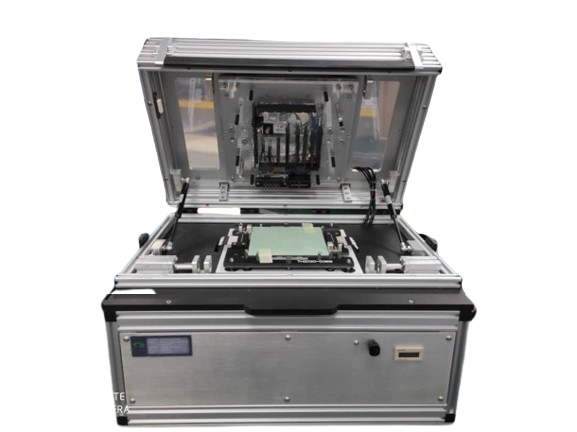FCT Test Solutions

Functional testing can be conducted either manually or automatically. Manual functional testing is often used for smaller PCBAs, whereas automated functional testing is more commonly applied to PCBAs.
The primary objective of functional testing is to detect defects that prevent PCBAs from meeting its intended functionality. Identifying and addressing these issues during functional testing allows for fixes before the PCBAs are released to production.
Functional testing involves series of activities aimed to verify and validate the product's functionality. It seeks to uncover errors in PCBAs to ensure a reliable end product. The testing process validates and verifies that a PCBA's program, application, or product meets the requirements that guided its design and development.
The key purpose of functional testing is to confirm that the application functions as expected and fulfills user's requirements. It entails testing individual features and functionalities to ensure they perform correctly and produce desired results.
Summary
| Category | FCT solutions |
|---|---|
| Test purpose |
|
| Test coverage |
|
| Test sequence |
|
| Tester platforms |
|
| Advantages |
|
Benefits of
Functional Testing

Requirement Meets

Defects Detection

Customer Satisfaction

Improved Quality
Solutions

Mechanical Design Software

Electrical Design Software

Boundary Scan Tool

Test Design and I/O Review

Test Fixture Design

Test Development Tool


